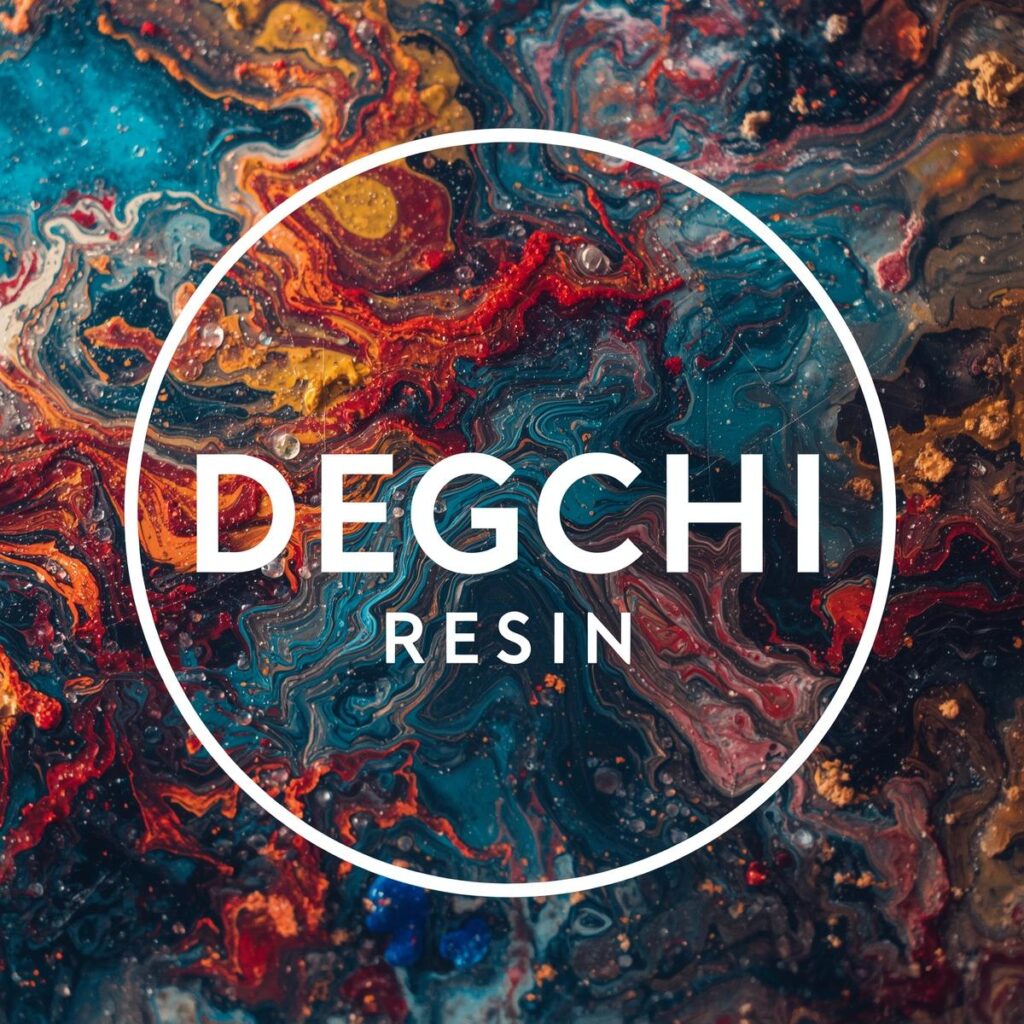Resin art is beautiful, glossy, striking — but if you’re not careful, costs can pile up fast. For artists in India, where supply chains, climate, and market dynamics have unique quirks, reducing cost without compromising quality is both a challenge and an opportunity. Here’s an in‑depth look at methods to cut costs, maximize profits, and work smarter. Understanding Key Cost Drivers Before you try to save, you need to know where the money goes. These are the main factors that add up in resin art costs in India: Knowing these, cost reduction is about reducing one or more of these without spoiling the final artwork. 2. Buying Resin & Hardener Wisely The biggest chunk of cost is resin + hardener. Here’s how to save here: A. Choose the Right Quality for the Application B. Understand Bulk Pricing C. Buy Local Brands When Possible D. Optimize the Resin:Hardener Mix Ratio 3. Pigments, Colorants & Additives: Smart Choices Color turns resin from “plain” to “wow,” but can heavily bump up cost. Here are ways to manage that. A. Use Basic Color Blending vs Buying Many Pigment Shades B. Utilize Local / Cheaper Sources C. Buy in Larger Packs D. Minimize Expensive Additives 4. Tools, Molds & Workspace: Reuse & Efficiency Reducing cost doesn’t only mean cheaper materials—it also means using your tools smartly and minimizing overheads. A. Molds B. Mixing / Measuring Tools C. Workspace Setup D. Heat Guns / Torches / Other Equipment 5. Bulk Buying, Group Buys & Local Sourcing Collective power and smart sourcing can cut down per unit cost dramatically. A. Bulk Buying B. Group Buys / Co‑operatives C. Local Suppliers & Manufacturers D. Import vs Domestic 6. Reducing Wastage Through Planning & Technique Skillful work reduces mistakes—and mistakes are expensive. A. Accurate Volume Estimation B. Practice & Test Pieces C. Minimising Bubbles & Imperfections D. Layering vs One Thick Pour E. Salvaging Failures 7. Storage, Curing & Environmental Factors Even after purchase, how you store & cure resin matters a lot for minimizing hidden costs. A. Proper Storage B. Managing Temperature / Humidity C. UV Protection & Yellowing D. Wait Time & Cure Completion 8. Pricing & Value Justification Saving cost is great, but you also need to price your art so you cover costs and value. A. Understand Your True Cost B. Margin & Profit C. Tiered Product Offerings D. Educating Customers 9. Case Scenarios & Rough Savings Estimates Putting theory into numbers helps—here are a few example scenarios to demonstrate where savings might come from for Indian resin artists. Scenario Without Optimization With Optimization Approx Savings Small batch of coasters (using 1 kg resin + hardener) ₹900/kg resin + expensive imported pigment ~ ₹900 + pigment cost + wastage = total cost ~ ₹1,200‑₹1,400 Use domestic resin brand at ₹700/kg, lower cost pigment blended locally, reduce wastage by 10 % → total cost ~ ₹900‑₹1,000 Savings ~ ₹300‑₹400 (≈25‑30 %) Medium table top (5 kg pour) Using small kit packs, imported resin, thick one‑shot pour, premium additives → cost ~ ₹5,500‑₹6,500 Bulk resin purchase, layer pour, use cheaper additives only for highlight edges, reuse molds, negotiate supplier price → cost ~ ₹4,000‑₹4,500 Savings ~ ₹1,500‑₹2,000 (≈25‑30 %) Annual supplies cost for an artist producing small items Buying frequent small packets, shipping fees etc → say ₹40,000/year Bulk buy, group orders, use local supplies, salvage failures, reduce pigment wastage → reduce cost by perhaps 20‑35 % i.e. save ₹8,000‑₹14,000 yearly These are indicative; actual savings depend on region, supplier, scale, quality, etc. 10. Summary Checklist Here’s a quick checklist you can use before you start a resin project to ensure your cost will be optimized: Final Thoughts Reducing cost in resin art isn’t about cutting corners; it’s about smarter choices, efficiency, and conscious planning. In India, where material availability, shipping costs, climate, and supplier options vary widely, there’s tremendous scope to optimize. Whether you’re doing art for sale, exhibition, or personal satisfaction — every rupee saved can increase your margin or allow you to experiment more without fear of loss. With the right combination of local sourcing, bulk buying, efficient technique, and cost‑aware material usage, you can maintain high quality while keeping costs controlled. Over time, as volume of work increases, these savings compound. Notice: JavaScript is required for this content. No Fields Found.

